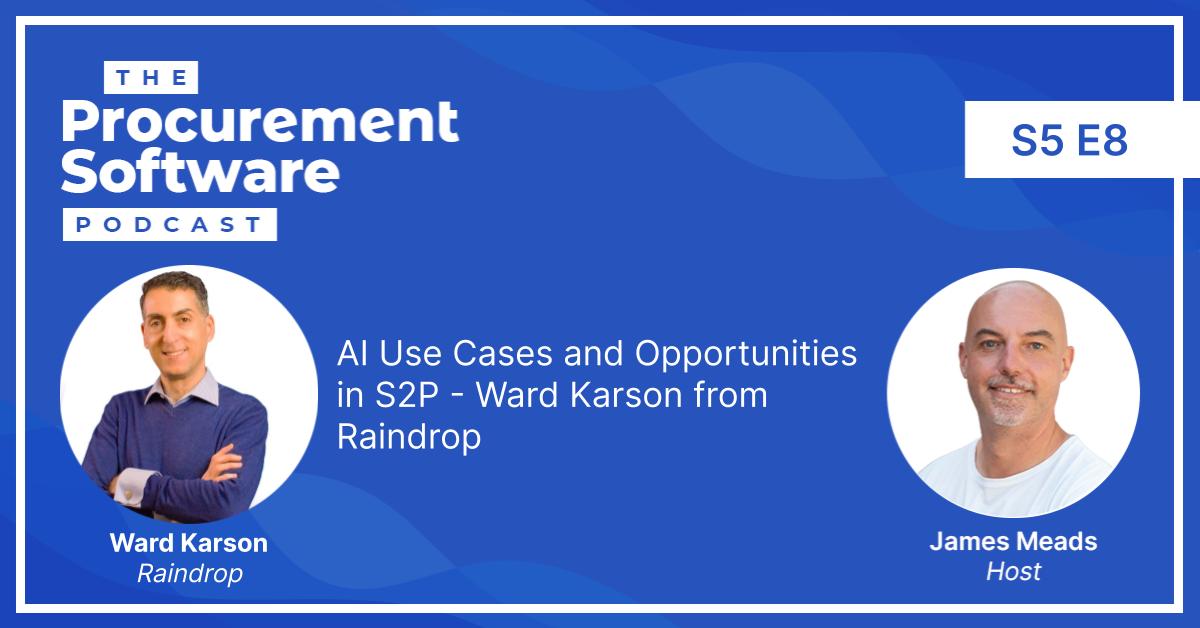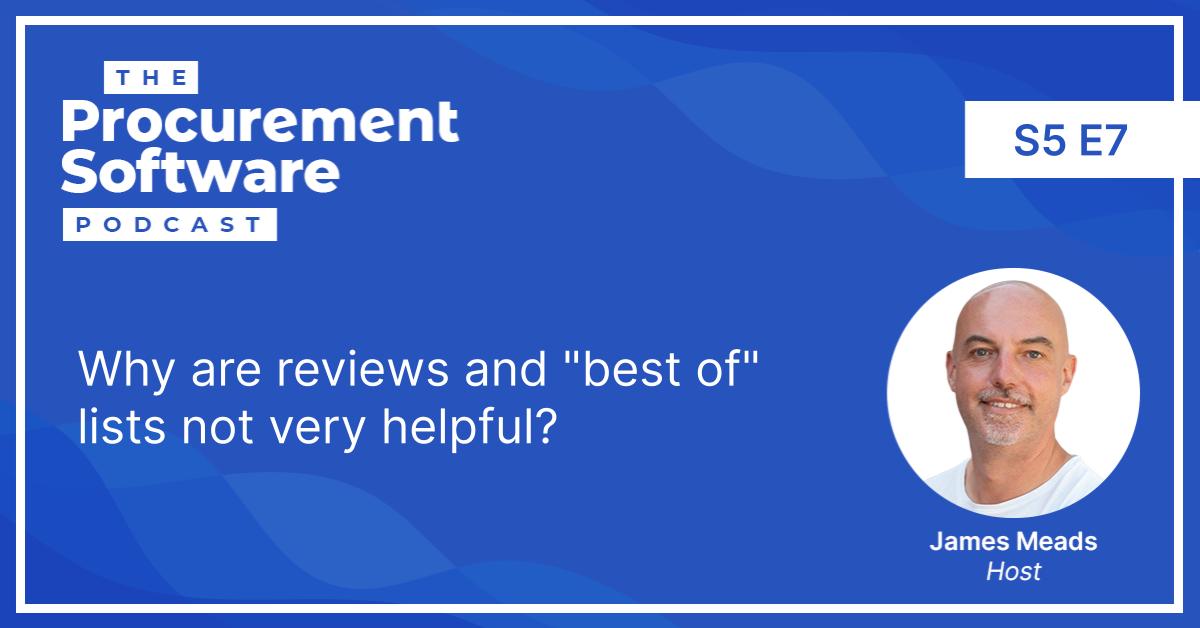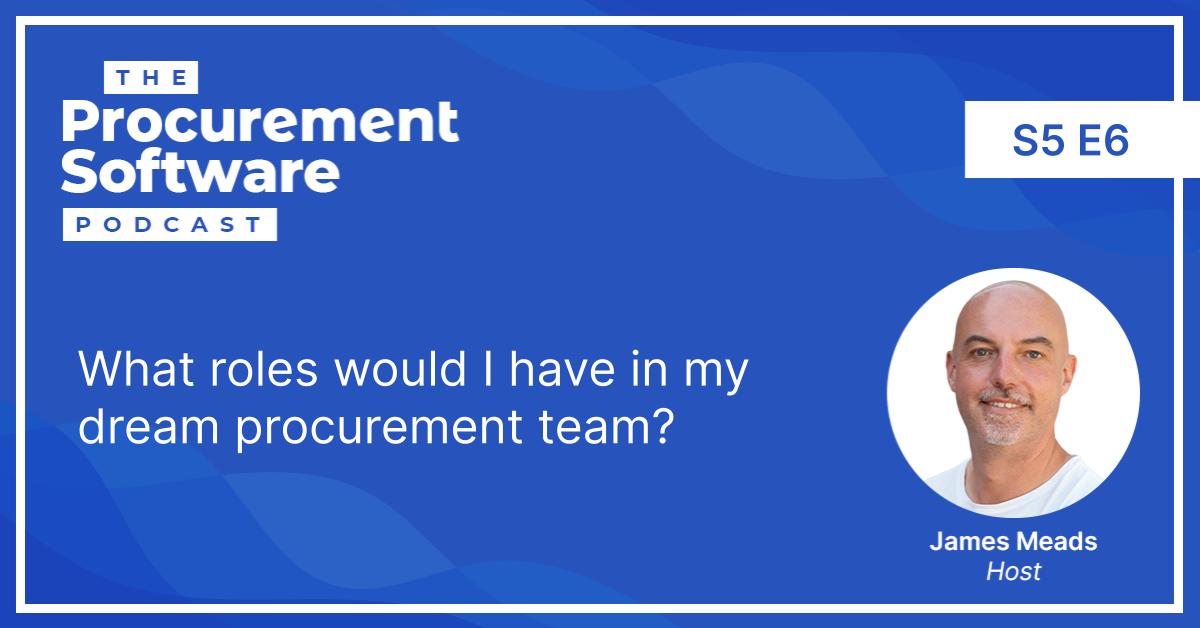My guest this week on The Procuretech Pub requires no introduction to anyone who is familiar with the digital procurement space. Dr. Elouise Epstein is Partner at Kearney in San Francisco and author of the book Trade Wars, Pandemics and Chaos: How Digital Procurement Enables Business Success in a Disordered World.
We have an informal and very open discussion about procurement technology’s past, present and what direction the future trends are moving in this space.
Procuretech’s evolution, where it’s at and where we’re headed: The Procuretech Pub with Dr. Elouise Epstein
Elouise begins by giving a whistle stop tour of her career and some of the things she’s seen in the digital procurement space along the way.
From its beginnings, where best of breed led the way, through the rise of the suites and now to a more emerging hybrid model.
She explains how around 2013, Kearney began receiving calls from enterprises who had implemented what I now often refer to as “legacy suites”, saying that users didn’t want to use them and they weren’t seeing their return on investment. It wasn’t really until 2020, where Covid definitely seems to have given the market a push, that organisations started to adopt more of a “platform-based” approach with an increasing emphasis on a best-of-breed tech ecosystem.
Elouise’s “spider diagrams” and the current “platform” trend
“The suites failed to deliver and there is legacy sunk cost investment” and as a result of that, often these suites are used as a platform from which companies build out their tech stack.
Elouise is a big critic of the big suite approach and is an advocate of the platform approach, where this is built upon through best-of-breed technology. We just don’t have 100% the ideal, perfect platform that we need just yet. The software used as a platform has ended up being in that role kind of by default, and there isn’t a system built to act as a platform in its core function just yet.
Building their own platform can also be an option for very large enterprises who have the IT capabilities in-house to do this. This is an approach for the brave / well resourced IT departments, but advantage of this strategy is that each “module” can easily be exchanged. Using a legacy suite as the platform doesn’t allow this to happen as easily for P2P, or S2C to some extent.
Will the legacy suites survive this pivot?
I ask Elouise what the future holds for these suite providers with this market backdrop. While the market leaders are secure, especially with SAP Ariba and Coupa having implemented App Stores to allow easy bolt-ons and integrations for best-of-breed solutions, some of the others are “under duress. She sees the suite market as being “propped up” to some extent.
Who will come in to challenge the market leaders? Will someone from outside procuretech come in to challenge them, such as Salesforce or AWS?
And, where will the others go if they survive this? It could be that they pivot more towards the mid market, but that would obviously mean a significant realignment of their pricing model and features offered in order to compete and flourish in this market segment.
How useful or reliable are the “best-of” lists when evaluating the market?
Elouise is openly critical of analysts and consultants in general and sees the hype as being self-serving.
She starts off by saying she’s not a fan of 2×2 evaluations because they create artificial markets rather that have to fit into that specific evaluation framework. Much of the innovation doesn’t neatly fit into a box, and innovation is constantly changing as the market evolves.
How the data is being used and how the evaluations are put together is important to be able to truly appreciate and evaluate which procurement software is best for a specific business, based on their own unique, individual criteria.
Keeping on top of the market evaluations and maintaining relevance of these lists is a mammoth task. Inevitably, there will be imperfections. The needs and requirements of enterprise level clients will be vastly different to those of the mid market.
Knowing enough to be dangerous and not being completely reliant on the reports and content of third party research is key to leveraging the information they provide, while not blindly trusting it without the adequate due diligence on how it’s been put together.
Teach a man to fish…
If they have limited means and limited budget, where does the procurement practitioner start?
There is some up-skilling required. Gone are the days where half an FTE manages digital transformation along with their regular day job as IT Category Manager or Centre of Excellence Leader.
Hiring consultants can often unwittingly foster bias in the process due to “foxes guarding the hen house”, where there are systems integrators, analysts and tech providers who are very closely in step with one another.
By not outsourcing the decision making to third parties, this enables the company to reduce the possibility of bias or influence and maintain objectivity and neutrality.
The dangers of sponsored content, and choosing the “safe” option
We discuss how sometimes it’s hard to figure out which content is sponsored, and which articles are biased. There is definitely a lack of transparency around who is “paying to play” and how this is documented in content such as white papers, blogs, reports and awards that we see.
While on the one hand, conference sponsors are easy to spot, it also leads to the risks of opting for the safe, established legacy brand which offers less innovation than one of the more disruptive startups.
Sponsorship of expensive events and reports provides a springboard, and while procurement is not the only industry where this happens, it can often stifle innovation.
There’s a difference between not getting fired through choosing the safe option, and truly succeeding in your digital transformation by opting for a disruptive .
How will the skill set change for procurement teams?
The skills that Procurement were historically trained on are being digitised. Elouise believes that the Category Manager role will diminish to some extent, although perhaps not in every single category of spend that is managed.
Instead of hiring data scientists to come and do procurement, what is more likely to result in success will be procurement professionals being more open to acquire some of these new skills. That doesn’t mean we all have to become programmers and mathematicians, but it certainly requires an up-skilling and an increase in analytical capabilities.
Good user experience and automation is going to be central to how technology is adopted by businesses as we move forward.
Where does procuretech have its biggest growth potential?
Elouise predicts that the mid-market will digitise and adopt this technology faster than enterprise because the growing pains and adjustments have already happened. Also, given the fewer layers of management and shorter decision-making, once a company decides to adopt it, the implementation should happen quicker.
On the enterprise side, the huge sector that is kind of squished under the ESG banner has the biggest potential. Elouise remarks that it’s a disservice to categorise everything in this space so generally, and specifically calls out:
- Sustainability initiatives
- Risk and resilience
- Advanced value optimisation / supplier partnerships
She signs off by saying that none of these are first and foremost involved in driving cost savings, and are rather focused on delivering total value and avoiding unexpected costs to the business.
Procurement’s reason to exist is to deal with and manage third party vendors, and as such, we’re the best department to be leading and driving this space!
Stay in touch!
NOTE: Both this podcast and Procurement Software as a wider business clearly displays and calls out where we have any sponsored content. Yes, we’re a media company. We produce some sponsored media to enable us to keep the lights on and provide our content free of charge to the end user. But we also believe in full transparency too.


